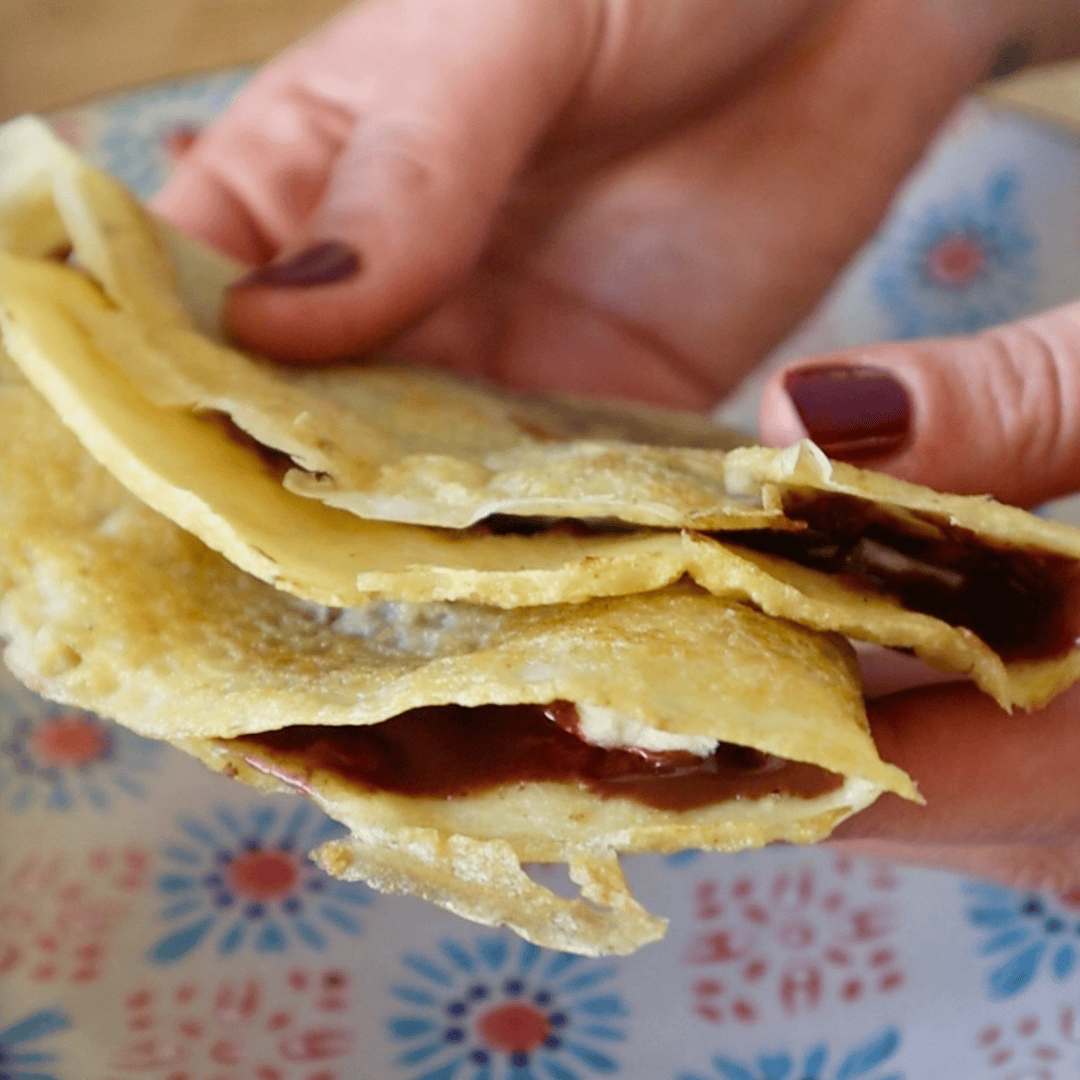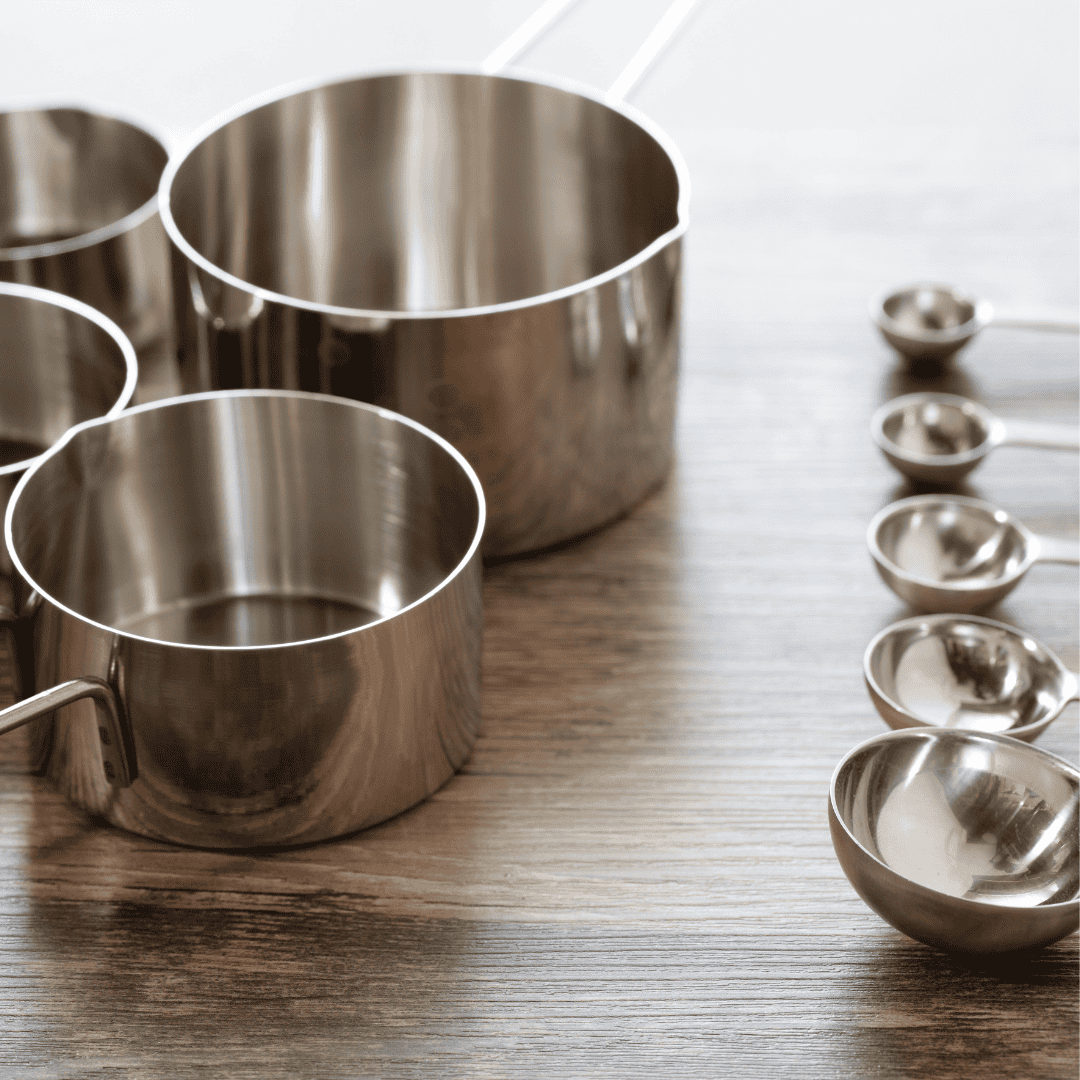Lebanese Tabbouleh is a vibrant salad from the Middle East that is enjoyed all over the world. It’s not your regular salad, in fact it has no lettuce. The star of the show is parsley. It’s simple to make and super delicious and refreshing!

It’s a levantine salad, popular in Lebanon and Syria, and you will find variations of it across the Middle East, each adding its unique twist to it.
What is tabbouleh?
Tabbouleh, also transcribed tabouleh, tabbouli, tabouli, or taboulah is thought to have originated in Syria and Lebanon, where it has long been a staple of the local cuisine. The Arabic word “taabil,” which meaning “to season” or “to spice,” is where the word “tabbouleh” originates. It seems that at first this salad was just a mix of of bulgur and fresh herbs. It developed into the more complex salad that we know today with the addition of extras like olive oil, tomatoes, and onions over time. Traditionally, tabbouleh was served as a part of a mezze, which is a group of tiny meals that are eaten as a snack or appetizer.

Lebanese Tabbouleh ingredients
Parlsey – It is the foundation of the dish. It’s the majority ingredient and it gives the salad all of the colour. It’s fresh, earthy, slightly peppery and crips and it absorbs all the tanginess of the lemon juice and richness of the olive oil.
Mint – Mint offers a refreshing, cooling flavor with a hint of sweetness and a slightly herbal undertone.
Bulgur – Bulgur is a whole grain made from cracked wheat. It’s nutty and chewy and it adds a nice texture to the salad. The variety used for tabbouleh is the fine variety, which absorbs the lemon juice, making it tender and infusing it with a bright, citrusy taste.
Tomatoes – Tomatoes are great as they add a juicy and sweet taste to the salad. Their firm flesh has a texture that is slightly crispy but still soft, making a lovely contrast with the bulgur and spices.
Scallions – Scallions bring a mild, slightly sweet onion flavor with a crisp texture. Both the green tops and the white bulbs are used, offering a combination of tender and crunchy textures.
Lemon Juice – The earthy and nutty flavors of the parsley and bulgur are well counterbalanced by the acidic lemon juice. It also brings out the flavors of the other components, balancing the sweetness of the tomatoes and the richness of the olive oil, and giving the salad a crisp bite that unifies the flavors.
Extra Virgin Olive Oil – It’s rich, slightly fruity, and often with a peppery. Its smooth, velvety texture coats the ingredients, adding a luxurious mouthfeel to the salad.
How to Make Lebanese Tabbouleh
Soak the Bulgur: Begin by soaking the bulgur in the lemon juice with a pinch of salt. Let it sit for about 15-20 minutes until the bulgur has absorbed the lemon juice and softened.
Prepare the Herbs: Wash the parsley and mint thoroughly and pat them dry with a paper towel. Removing excess moisture ensures that your tabbouleh won’t become watery. Once dry, chop off the stems of the parsley and finely chop the leaves. Do the same with the mint leaves. The key to great tabbouleh is finely chopped herbs, for the perfect texture.
Dice the Tomatoes: Deseed the tomatoes and dice them into small cubes. Place the diced tomatoes on a paper towel to absorb any excess juice. This step is crucial because excess tomato juice can make the salad soggy.
Chop the Scallions: Finely chop the scallions, including both the green and white parts.






Combine the Ingredients: In a large bowl, combine the soaked bulgur, chopped parsley, mint, tomatoes, and scallions. Mix everything together gently.
Season and Dress the Salad: Add the olive oil and a pinch of dried mint to the bowl. Season with salt and pepper to taste.



Serve and Enjoy: Tabbouleh can be served immediately, but it tastes even better after sitting for an hour or two, allowing the flavors to meld. Serve it as part of a mezze platter, with pita bread, or as a side dish.
DID YOU MAKE THIS RECIPE?
I love to see recreations and share them!
Lebanese tabbouleh recipe
Ingredients
- 2 large bunches of fresh parsley
- Juice of two lemons about 1/2 cup
- 4 tbsp fine bulgur
- 4 medium tomatoes de seesed
- 2 scallions
- A handful of fresh mint
- Salt and pepper
- 4 tbsp olive oil
- Salt to taste
- A pinch of Dried mint
Instructions
- Begin by soaking the bulgur in the lemon juice with a pinch of salt. Let it sit for about 15-20 minutes until the bulgur has absorbed the lemon juice and softened. The lemon juice not only softens the bulgur but also infuses it with a tangy flavor.
- Wash the parsley and mint thoroughly and pat them dry with a paper towel. Once dry, chop off the stems of the parsley and finely chop the leaves. Do the same with the mint leaves. The key to great tabbouleh is finely chopped herbs, for the perfect texture.
- Deseed the tomatoes and dice them into small cubes. Place the diced tomatoes on a paper towel to absorb any excess juice. This step is crucial because excess tomato juice can make the salad soggy.
- Finely chop the scallions, including both the green and white parts.
- In a large bowl, combine the soaked bulgur, chopped parsley, mint, tomatoes, and scallions. Mix everything together gently. Add the olive oil and a pinch of dried mint to the bowl. Season with salt and pepper to taste.
- Tabbouleh can be served immediately, but it tastes even better after sitting for an hour or two, allowing the flavors to meld. Serve it as part of a mezze platter, with pita bread, or as a side dish.











[…] How To Make Lebanese Tabbouleh • Recipes and Places […]